
The Irish Civil War was a conflict that followed the Irish War of Independence and accompanied the establishment of the Irish Free State, an entity independent from the United Kingdom but within the British Empire.

Eoin O'Duffy was an Irish revolutionary, soldier, police commissioner and politician. O'Duffy was the leader of the Monaghan Brigade of the Irish Republican Army (IRA) and a prominent figure in the Ulster IRA during the Irish War of Independence. In this capacity, he became Chief of Staff of the IRA in 1922. He accepted the Anglo-Irish Treaty and as a general became Chief of Staff of the National Army in the Irish Civil War, on the pro-Treaty side.

Kevin Christopher O'Higgins was an Irish politician who served as Vice-President of the Executive Council and Minister for Justice from 1922 to 1927, Minister for External Affairs from June 1927 to July 1927 and Minister for Economic Affairs from January 1922 to September 1922. He served as a Teachta Dála (TD) from 1918 to 1927.
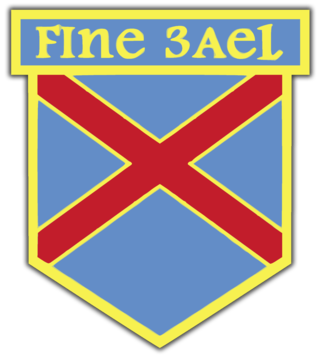
The Army Comrades Association (ACA), later the National Guard, then Young Ireland and finally League of Youth, but best known by the nickname the Blueshirts, was a paramilitary organisation in the Irish Free State, founded as the Army Comrades Association in Dublin on 9 February 1932. The group provided physical protection for political groups such as Cumann na nGaedheal from intimidation and attacks by the IRA. Some former members went on to fight for the Nationalists in the Spanish Civil War after the group had been dissolved.
Patrick Smith was an Irish Fianna Fáil politician, who served as a Teachta Dála from 1923 until 1977; a tenure of 53 years, the longest in the state. He held a number of ministerial positions within the governments of Éamon de Valera and Seán Lemass.
Events from the year 1934 in Ireland.
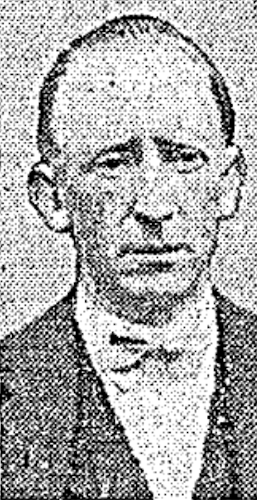
Thomas Francis O'Higgins was an Irish Fine Gael politician and medical practitioner who served as Minister for Defence from 1948 to 1951, Minister for Industry and Commerce from March 1951 to June 1951 and Leader of the Opposition from January 1944 to June 1944. He served as a Teachta Dála (TD) from 1929 to 1932 and 1937 to 1953.
The Anglo-Irish Trade War was a retaliatory trade war between the Irish Free State and the United Kingdom from 1932 to 1938. The Irish government refused to continue reimbursing Britain with land annuities from financial loans granted to Irish tenant farmers to enable them to purchase lands under the Irish Land Acts in the late nineteenth century, a provision which had been part of the 1921 Anglo-Irish Treaty. This resulted in the imposition of unilateral trade restrictions by both countries, causing severe damage to the Irish economy.

The Irish Republican Army (IRA) of 1922–1969, an anti-Treaty sub-group of the original Irish Republican Army (1919–1922), fought against the British-backed Irish Free State in the Irish Civil War, and its successors up to 1969, when the IRA split again into the Provisional IRA and Official IRA. The original Irish Republican Army fought a guerrilla war against British rule in Ireland in the Irish War of Independence between 1919 and 1921. Following the signing of the Anglo-Irish Treaty on 6 December 1921, the IRA in the 26 counties that were to become the Irish Free State split between supporters and opponents of the Treaty. The anti-Treatyites, sometimes referred to by Free State forces as "Irregulars", continued to use the name "Irish Republican Army" (IRA) or in Irish Óglaigh na hÉireann, as did the organisation in Northern Ireland which originally supported the pro-Treaty side. Óglaigh na hÉireann was also adopted as the name of the pro-Treaty National Army, and remains the official legal title of the Irish Defence Forces.
The National Corporate Party was a fascist political party in Ireland founded by Eoin O'Duffy in June 1935 at a meeting of 500. It split from Fine Gael when O'Duffy was removed as leader of that party, which had been founded by the merger of O'Duffy's Blueshirts, formally known as the National Guard or Army Comrades Association, with Cumann na nGaedheal, and the National Centre Party. Its deputy leader Colonel P.J. Coughlan of Cork. Its secretary was Captain Liam D. Walsh of Dublin.

Peadar O'Donnell was one of the foremost radicals of 20th-century Ireland. O'Donnell became prominent as an Irish republican, socialist politician and writer.
The Irish Republican Army was a guerrilla army that fought the Irish War of Independence against Britain from 1919 to 1921. It saw itself as the legitimate army of the Irish Republic declared in 1919. The Anglo-Irish Treaty, which ended this conflict, was a compromise which abolished the Irish Republic, but created the self-governing Irish Free State, within the British Empire. The IRA was deeply split over whether to accept the Treaty. Some accepted, whereas some rejected not only the Treaty but also the civilian authorities who had accepted it. This attitude eventually led to the outbreak of the Irish Civil War in late June 1922 between pro- and anti-Treaty factions.
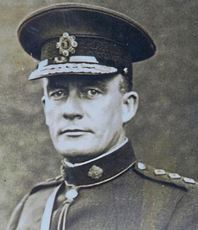
Eamon "Ned" Broy was successively a member of the Dublin Metropolitan Police, the Irish Republican Army, the National Army, and the Garda Síochána of the Irish Free State. He served as Commissioner of the Gardaí from February 1933 to June 1938. He later served as president of the Olympic Council of Ireland for fifteen years.
Detective Sergeant Denis O'Brien, sometimes called "Dinny O’Brien", was a veteran of the Irish War of Independence and the Irish Civil War. He joined the Garda Síochána in 1933 and was killed by the Anti-Treaty IRA in 1942.
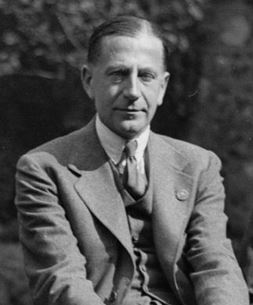
Frank C. J. MacDermot was an Irish barrister, soldier, politician and historian who served as Senator from 1937 to 1943, after being nominated by the Taoiseach. He served as a Teachta Dála (TD) for the Roscommon constituency from 1932 to 1937. He was also a founding member of Fine Gael.
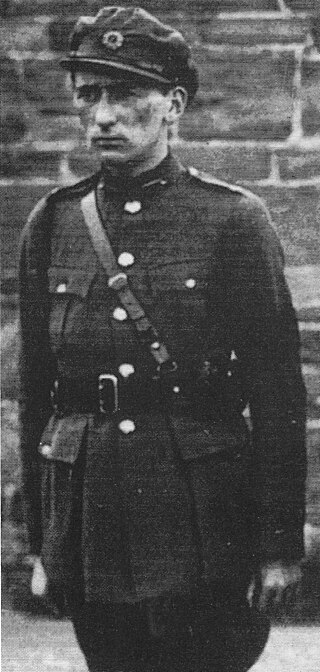
Liam Tobin was an officer in the Irish Army and the instigator of an Irish Army Mutiny in March 1924. During the Irish War of Independence, he served as an IRA intelligence officer for Michael Collins' Squad.

Patrick Belton was an Irish nationalist, politician, farmer, and businessman. Closely associated with Michael Collins, he was active in the 1916 Easter Rising and in the Republican movement in the years that followed. Belton later provided a strong Catholic voice in an Irish nationalist context throughout his career. He was strongly anti-communist and he was a founder and leader of the Irish Christian Front. Supportive of Francisco Franco, Belton however opposed Eoin O'Duffy taking an Irish Brigade to Spain, feeling that they would be needed in Ireland to counter domestic "political ills".
Eamonn Coogan was an Irish Fine Gael politician, barrister and Deputy Commissioner of the Garda Síochána.
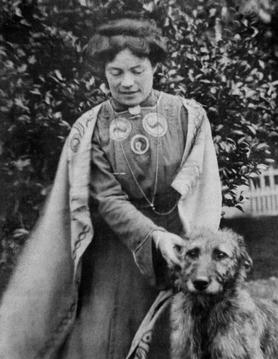
Kathleen Anne Browne was an Irish politician, farmer, writer, historian and archaeologist. She was arrested after the Easter Rising and held in Kilmainham Gaol. During the Civil War, she was Pro-Treaty and joined Cumann na nGaedheal. She was a member of Seanad Éireann from 1929 to 1936. She was a fluent speaker of Yola, an Anglic language of Wexford.

Edward J. Cronin, was an Irish army officer, senior member of Fine Gael and a leader of the Blueshirts.















